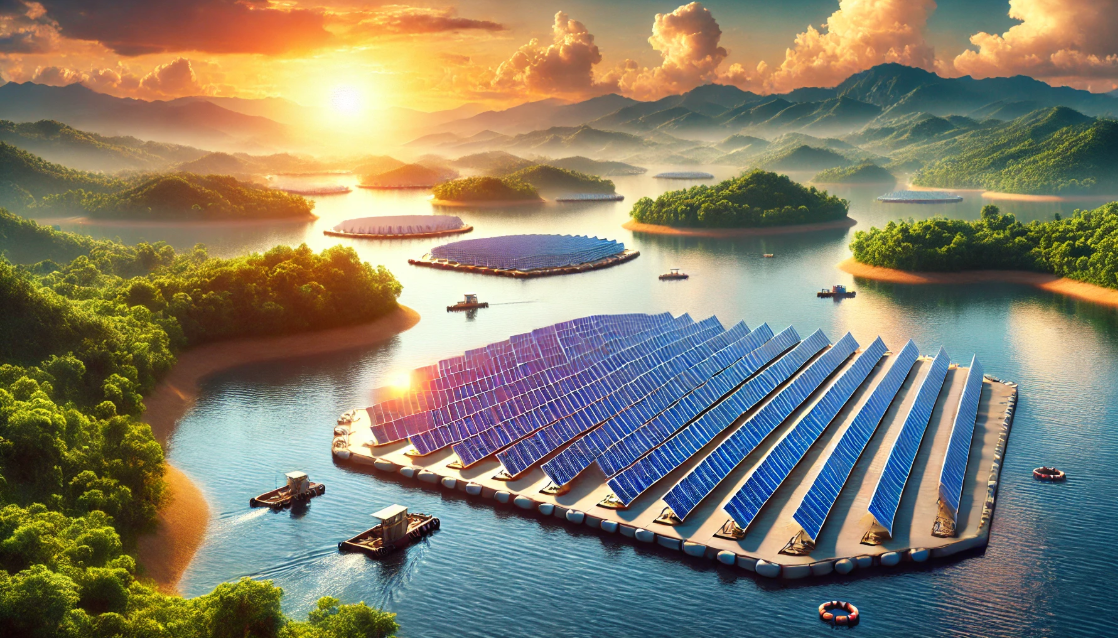
Floating Solar: A Rising Star in Renewable Energy Floating solar photovoltaic (FPV) technology is set to grow rapidly, with global installations expected to reach an impressive 77GWdc within the next decade, according to Wood Mackenzie’s latest report. This exciting technology offers innovative solutions to challenges like land scarcity and rising…

![Revolutionizing Solar: UK's Oxford PV Set to Amplify Production of Game-Changing Perovskite-Silicon Tandem Technology in 2024 [Image: Oxford PV]](https://www.norbida.co.uk/wp-content/uploads/2024/02/uksales070224.jpg)
![Revolutionizing Renewable Energy: HASI's Strategic Equity Investment Fuels 605MW of Solar Power Across Multiple States [Image: AES and HASI]](https://www.norbida.co.uk/wp-content/uploads/2024/01/uksales080124.jpg)


